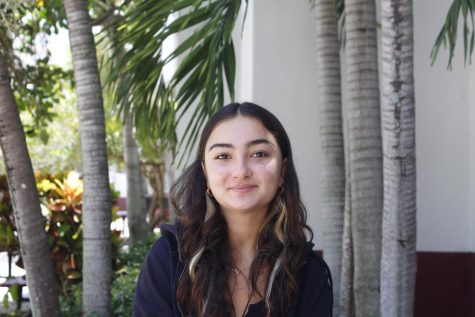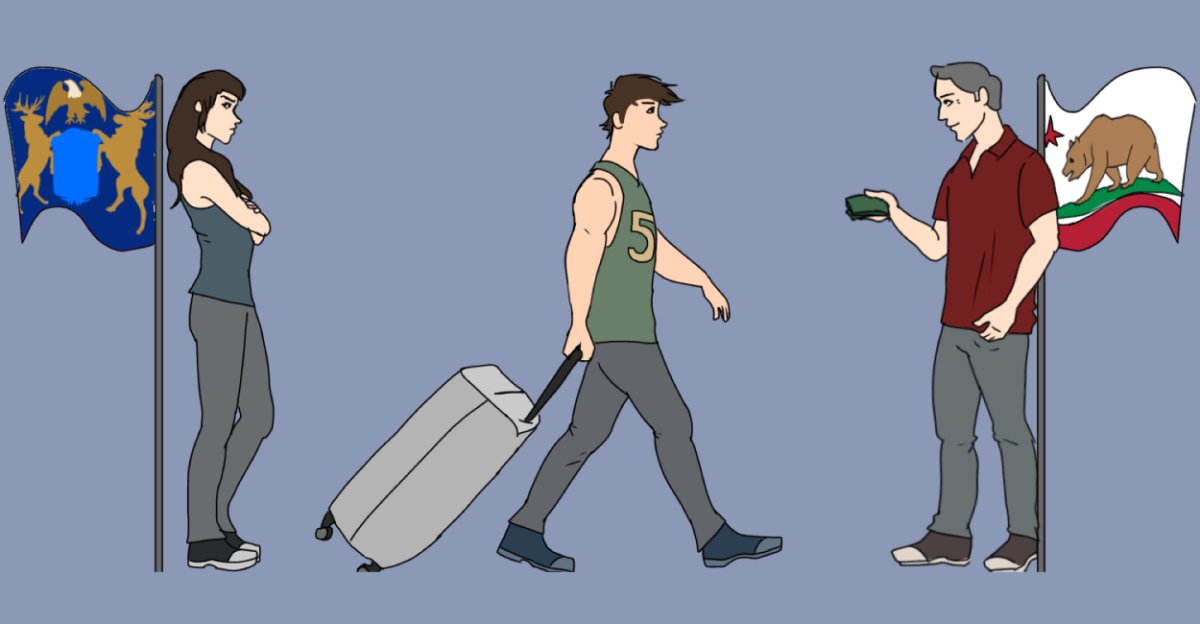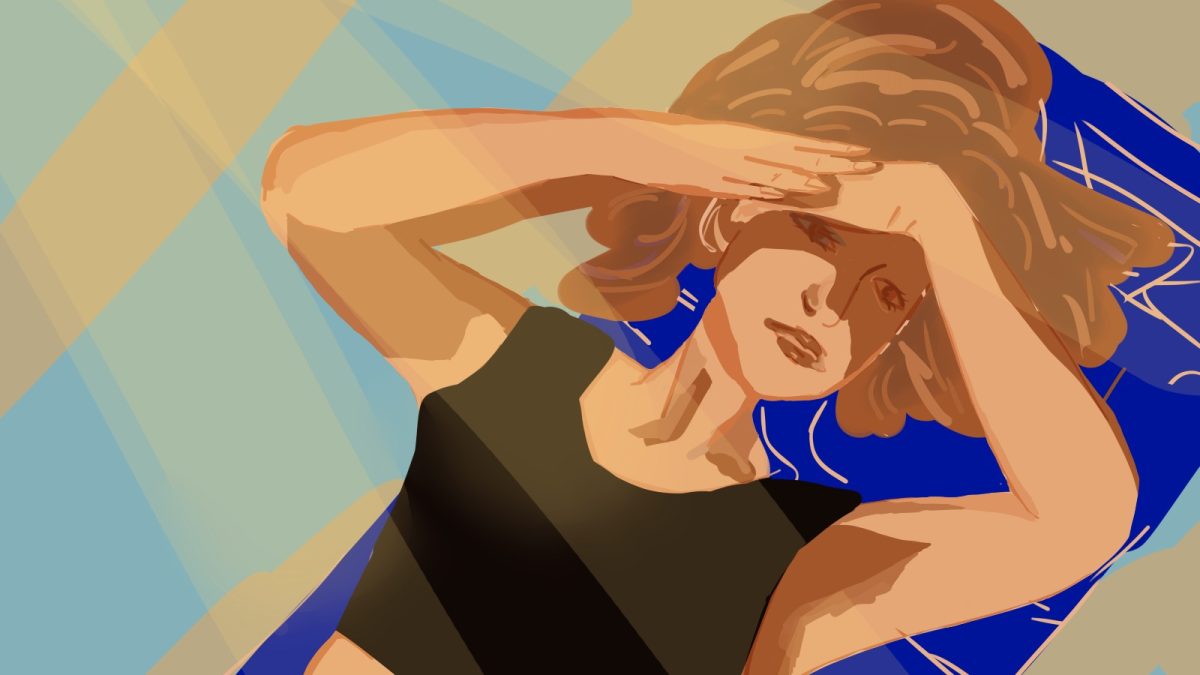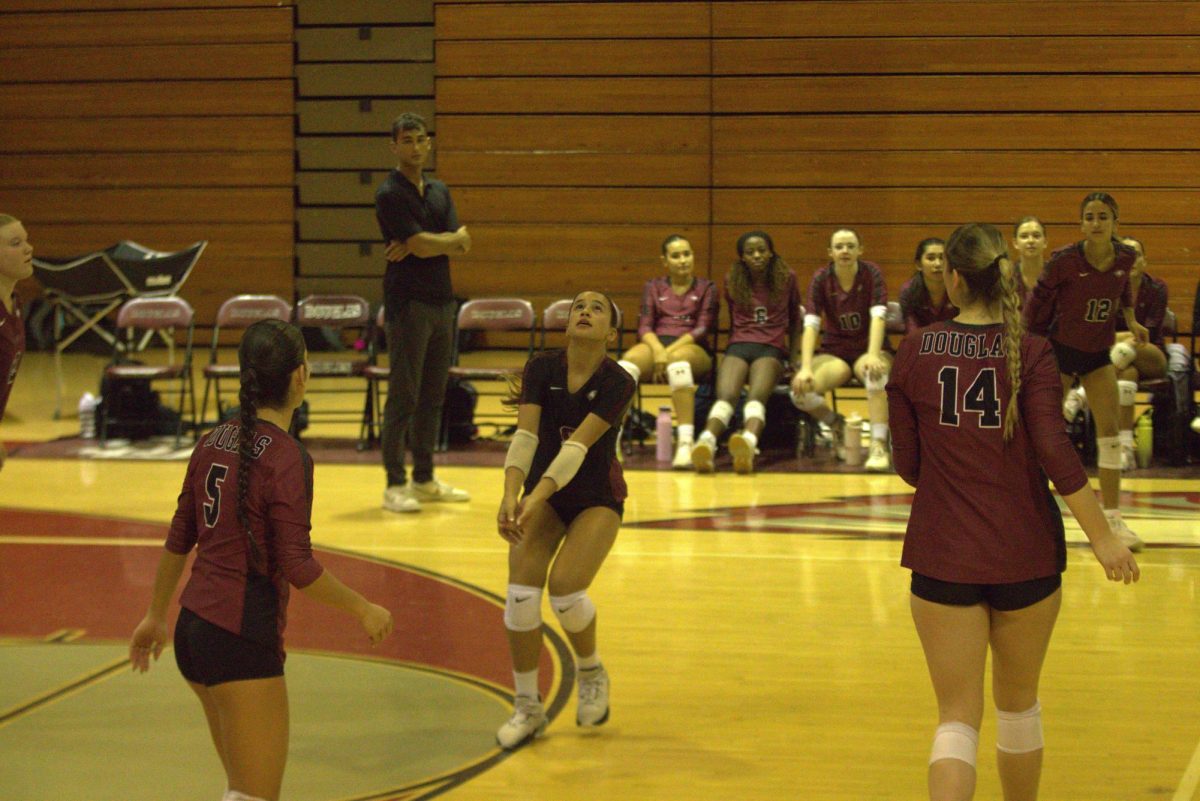MSD students and faculty voice their opinions on the high cost of club dues
The cost of MSD clubs proves to be unfairly priced for students who want to be members.
September 20, 2022
Light chatter fills the Media Center as students gather with friends to discuss common interests and new ideas in the first meeting of the year. School clubs give students a way to pursue a hobby and meet new people; however, many students are faced with a financial obstacle keeping them from joining: club dues. Every student wants to find their place, but not everyone can afford that privilege.
At Marjory Stoneman Douglas High School, club dues typically range from $10 to $70, with clubs like DECA and debate being on the higher end of the spectrum. Dues fund materials and activities needed for the club, like t-shirts, snacks, supplies and field trips. Payment is required for students to officially join the club. While dues are important to keep the club running, some students think they are overpriced.
Freshman Ella Li enjoys dancing and helping out in the community and the school. Li decided that joining a few clubs would be a great way to meet new people and explore her interests, yet she finds herself debating whether clubs are worth the expense.
“I have a couple clubs that I want to join but I’m not sure if I will because there are so many payments,” Li said. “I understand why all members have to pay dues, but I believe some clubs are charging too much and that can discourage people from joining.”
Many students join multiple clubs, which means multiple payments have to be made. All the expenses add up, making it harder for some students to pay the dues. Some argue that because MSD is a public school, students should not be spending so much money on their school-run extracurriculars.
However, cost is not a complaint for other clubs. Many are priced appropriately, depending on the kinds of activities and the number of members who join. Freshman Agnes Stephen believes clubs with more members should charge more money than clubs with fewer members.
“I understand if some of the bigger clubs charge more because they have to accommodate more people when they plan things and buy shirts,” Stephen said. “However, if there’s a club that you just show up to and not do much in, they shouldn’t make you pay $35-$40.”
Students also have concerns about what their money is being spent on. Clubs collect all of the money at the beginning of the year and spend it when needed; this approach makes some students wonder if there is any money left at the end of the year. Stephen believes clubs should decide what they are spending money on first, so participants can get an understanding of where their money goes.
Clubs are not all to blame for high prices. Often, there is a national organization that school clubs are registered to. These organizations take a percentage of school club dues to pay for their own expenses, with many of these organizations setting a specific payment amount per member or per chapter. The club treasurer and sponsor cannot always control the high price of dues.
Key Club is one of the largest clubs at MSD and the dues this school year are $40. Key Club is run by Kiwanis, an international organization that helps run student-led clubs. Sarah Howell, Key Club’s sponsor, explains that organizations such as Kiwanis are partially responsible for high due prices.
“$18 of our dues go to [Kiwanis], and we have no control over it. That’s half our dues. The other half goes to buying t-shirts and funding our service hour opportunities,” Howell said.
If prices were lowered, it could mean a reduction in the quality of the club and number of activities the club can do, such as no food at meetings, less hands-on activities and fewer trips and workshops. Clubs may have to resort to other means to raise money, like fundraisers and kickbacks. While other options are not impossible, there is a possibility the alternative events may not raise enough money to cover costs.
With the price of dues being so high, some students are missing out on opportunities that could be beneficial for the future, such as improving upon their communication and collaboration skills. Colleges and universities are looking for students who are well-rounded and are actively participating in their community. Clubs and student organizations provide the experiences colleges are looking for. However, the cost of belonging causes many students, such as those who come from low-income families, to miss out on opportunities because club payments are simply too expensive.
Every student deserves to have a chance to do what makes them happy at school, regardless of their financial situation. The true cost of belonging cannot only be measured by money, but by new experiences.











